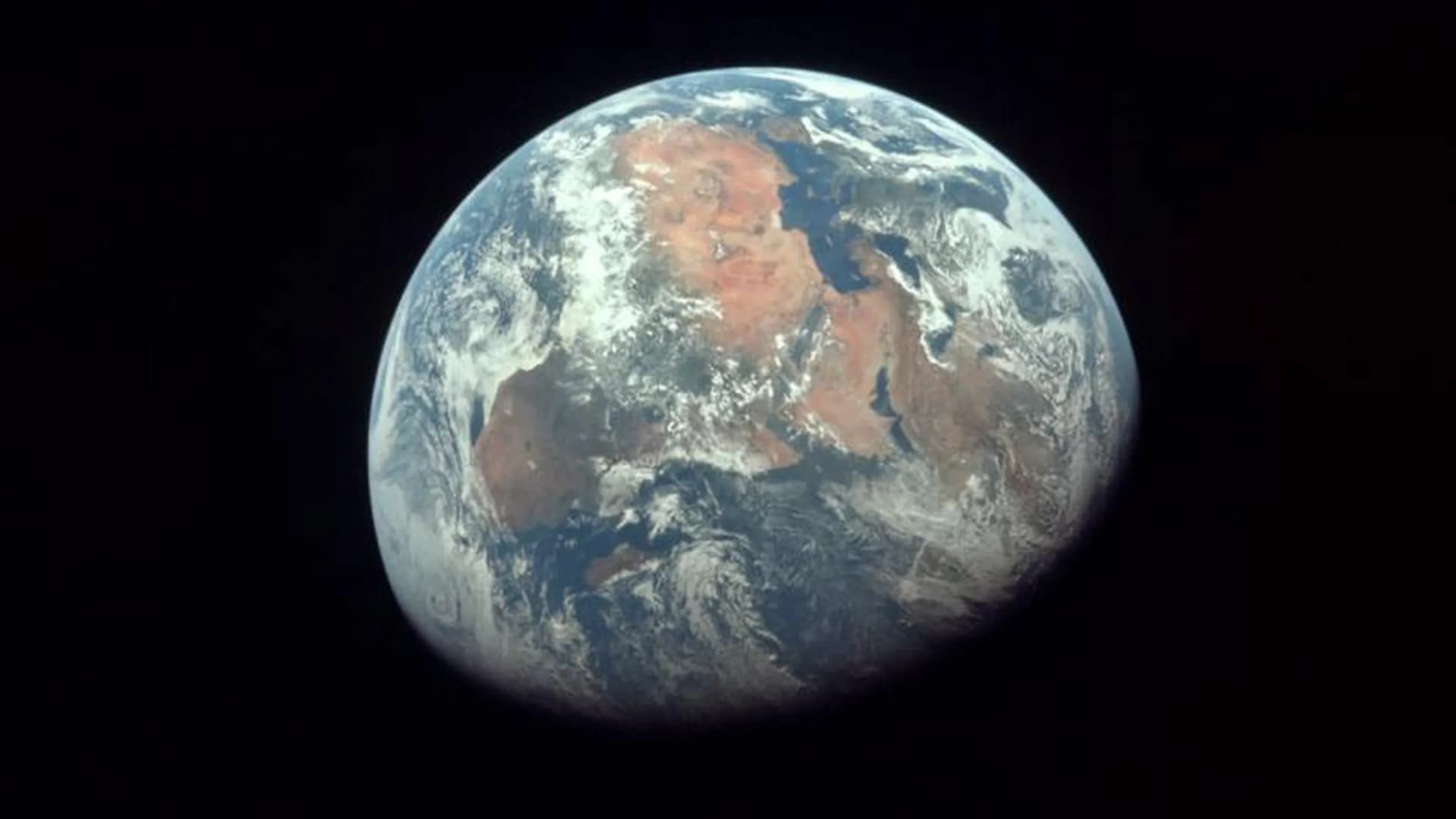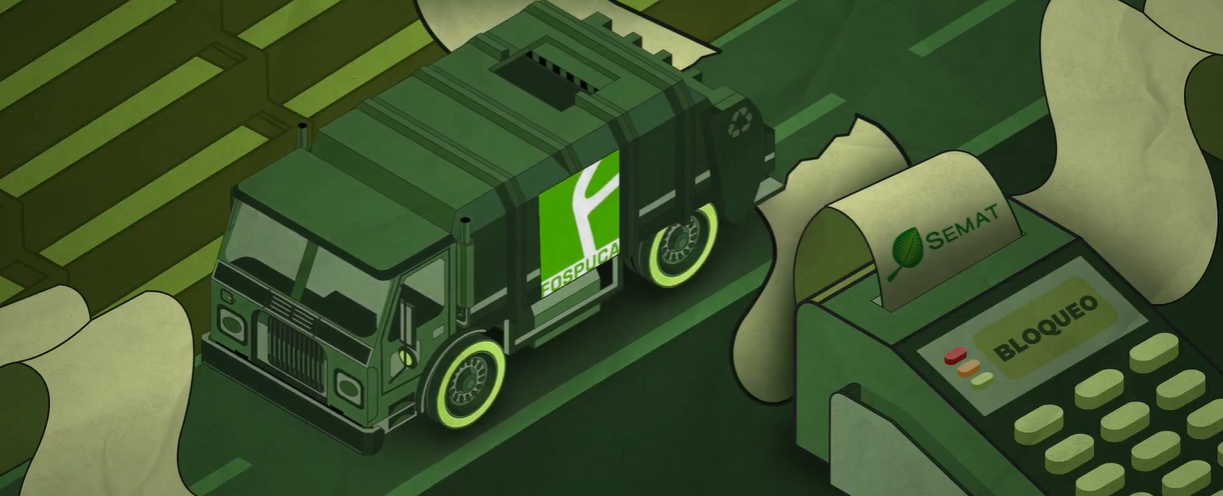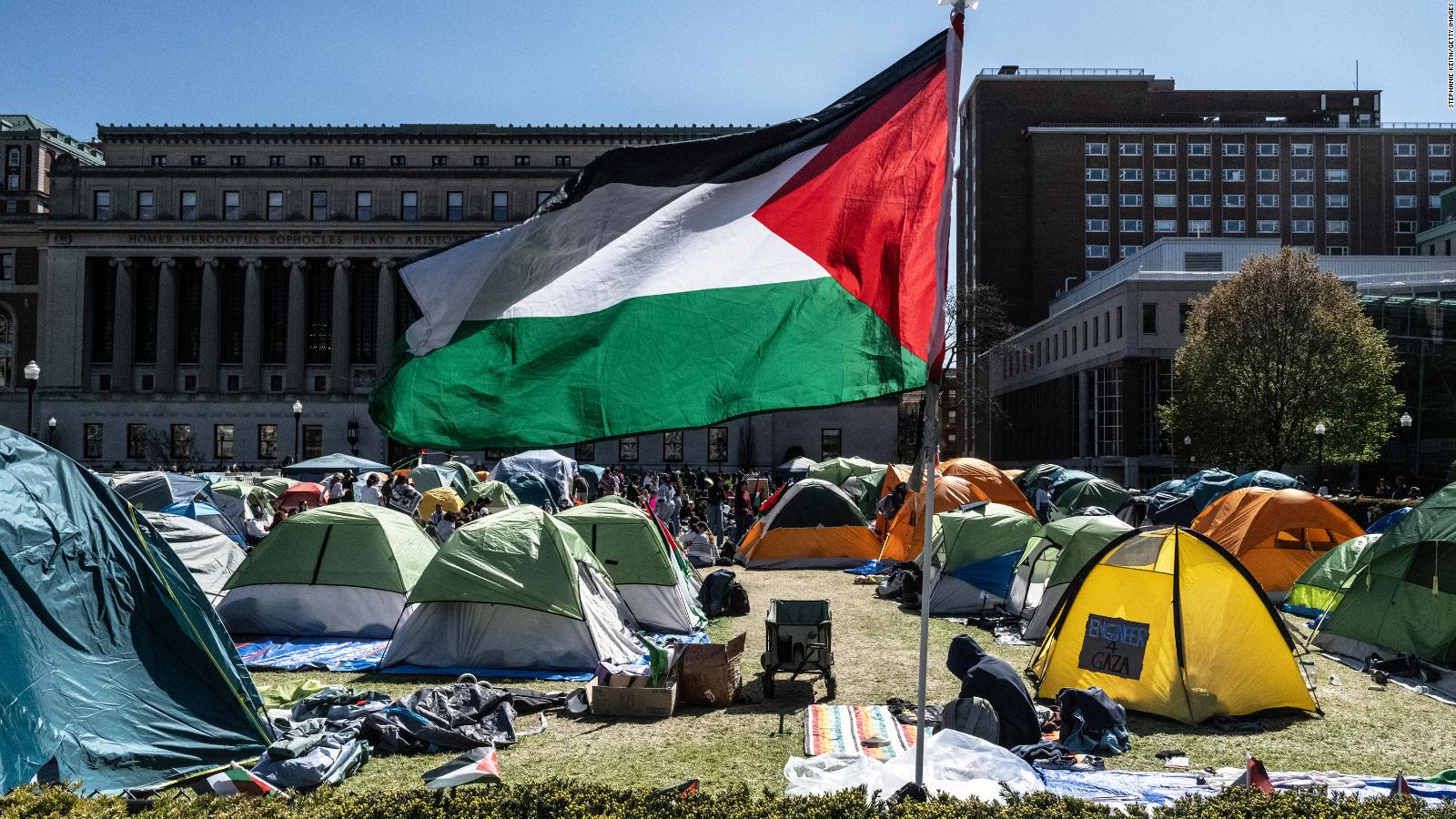It has been 20 years since the Patagonian Foundation for Natural Sciences (FPCN) was established in Roca. It currently has scholars, both national and foreign, who are pooling their knowledge to produce research that brings the history of regional heritage closer to society. On Sunday (12/4) an auditorium was inaugurated in honor of the museum’s predecessor, Juan Carlos Salgado, where the Declaration of National Interest issued by the Legislature of Rio Negro was delivered.
Pablo Schafrat is the administrator and co-founder of the Patagonian Museum of Natural Sciences “Juan Carlos Salgado” and a member of the Foundation’s Biodiversity Area. He considers himself passionate about what he does, having been surrounded from a young age by two great references: his father Hugo Schafrat, one of the leading ecologists in the region; and geologist Juan Carlos Salgado, who inspired it.
For Pablo Shavrat, having the doors of a museum open should be the “home of the Roquines family,” because that is how he feels.
his story
It all started with Juan Carlos Salgado, an inquisitive scientist who has become associated with various naturalists. Together with his brother Hector, they worked on gold exploitation (gold mining) surveys, which allowed him to build up a scientific collection, especially on fossil invertebrates. with these things, In 1989, the geologist founded the first Museum of Natural Sciences in Roca, in whose house he worked for several years.
Over time, thanks to his work and connections to other scientists, his passion grew. This made him have to expand the space in his home. In addition, he had his own jewelry workshop and a traveling chest with which he traveled to display his collection. Thanks to this museum many scientists started nuclear work and helped him in his work.
Not only was Salgado devoted to scientific research, but he was also a teacher at School No. 155 in the Moscone district, where he also founded a museum of birds and from there he made the specimen Rocks with featherswhich offered paleontology and genetics education. “He was a teacher for those who no longer existBlades said.
After a while, due to the lack of support and wear and tear that was doing this work alone, the place closed. However, his collections were essential support for the creation of the Museum of Patagonia.
«How nice it would be if we revitalized the museum”, said the mayor, Ricardo Sarandrea, to Hugo Schafrat in 2001. It was that phrase that changed the course of the foundation, for which it began holding meetings to finalize the project. Thus the foundation was born.
Juan Carlos Salgado, Jorge and Javier Nouri, Armando Gentile, Hugo Cavrat, Hector Pesentini and Eduardo Luis Fernandez They were the founding partners. This institution, Shavrat explained, was formed to generate, organize, and direct the activity of scholars in the region and “create what did not exist, an institution that puts space for the preservation of cultural and natural heritage at the service of the scholars of the region.” They acquired legal personality on April 8, 2002.
In 2006 the Patagonian Museum of Natural Sciences “Juan Carlos Salgado” (MPCN) was officially born. with age Governorate Law No. 4077and constitutes the first museum established by law in the province of Rio Negro, which is administered and maintained by the FPCN.
The building in which it is located today was designed by architects Carlos Lebedinski and Mario Leander, who in 1971 won the competition organized by the province’s state to choose the new image of Banco Provincia and completed in 1978. The province of Rio Negro began restoring the building, which had been abandoned for many years After the bank is finally closed.
With the culmination of the repairs which included the placement of an elevator for visitor access, they loaned it to the FPCN to start running the museum. Its infrastructure covers more than 1,800 square metres, making it the largest in the province. It is located in the heart of the city, in a strategic location on Avenida Roca 1250.
“Cultural and natural heritage is part of our identity and our memory. It is what draws us back to our origins and is what gave birth to all the present we have today. All biodiversity, landscapes and climates are the result of those geological processes that have taken place since the creation of the world. It is an adaptive response to the change and diversity that currently surrounds us »
Pablo Schafrat, Administrator and Co-Founder of the Patagonian Museum of Natural Sciences “Juan Carlos Salgado”.
The founders decided that the museum would be a link between science and society, which is why it contains different areas:
– educational: operates educational systems with different levels in need of vocational training in the region. One of the most important projects was the establishment ofgreen corner“, that Pedagogical room of the initial level, where “children learn by playing”The researcher added,The idea is to be able to involve young people in the natural sciences. We imagined a museum full of children and people of all ages finding here a place to learn, channel their interests, come and discover, both formally and informally.«.
also Create the institutional framework for evolution to Geology and paleobiology jobs – in fact – «We have helped from the Foundation to establish these faculties within the University of Rio Negro. Many teachers even lived here because they came from abroad, and we thought it necessary to make space for them. University jobs built around the museum »via Foundation Member.
– Volunteering: They run a volunteer program of 25 people, from 11-year-old boys to 45-year-old adults.
– Tourism synergy: more than 360 thousand people they visited Museum since 2008Mainly foreigners. “The number of people who have begun to revisit their travels from the tourist areas of Rio Negro such as the mountains and the sea, and have begun to pass through the Roca, is impressive, especially after the documentary series Gigantes del Sur.
“Look at all that the museum has created and generated on a regional and local level for tourism, educational, scientific and cultural development and how it has contributed to making our province and our city known to the world through research projects. One of the main reasons for creating a museum is to create useful scientific collections for the next generation. When you hear about a museum, you usually hear how many pieces it has, but the most important collections are not the ones that have the most pieces, but rather the ones that generate the most knowledge about that collection,” Schafrat added.
– Investigation field: The foundation currently has 45 ROCA members, as well as 12 scientists from various disciplines and different regions of the country. “We are proud that great national and foreign scientists make up the Scientific Committee, which is an essential support for the Foundation’s management, and is responsible for making decisions on how to advance lines of research.”
Today the FPCN, along with the MPCN, has 12 research areas, in both paleontology and biodiversity, and also has an image bank that serves as material for posterity.
There are 36 museums in the province of different subjects, but there was never any museum that worked with the natural sciences as an integrated system. «I began to fill in the existing voidShafart said.
“We continue to discover species every year: reptiles, mammals, amphibians, rodents. This speaks to the fact that it is absolutely essential that we continue to do so and that state policies are created that help maintain and deepen the lines of inquiry. It’s incredible all we need to know.”
Who is Juan Carlos Salgado?
Salgado was a geologist, and from a young age his passion for discovery and learning made him a tireless researcher, who toured and explored National Geography. Especially explore northern Patagonia.
To his task he added subjects of paleobotany, vertebrates, mineralogy, and pathology—the study of molluscs—not only from the region but from different parts of the world. He inquired about all the manifestations of nature and within this framework, birds also made up a special chapter.
His scholarly endeavors went hand in hand with his restless and unattainable educational spirit. He has been described by fellow Foundation members as “a creative and innovative teacher”. «The concept prevailed in it that the fruits of science, research and collections are justified and useful if they go beyond and reach societythey calculated.
Today Juan Carlos is not here, but his legacy continues to galvanize and inspire colleagues from the institution as well as the community, whom he was able to persuade and teach about the fascinating history of our ancestors.
To comment on this note you must have digital access.
Subscribe to add your opinion!

“Social media evangelist. Student. Reader. Troublemaker. Typical introvert.”





:quality(85)/cloudfront-us-east-1.images.arcpublishing.com/infobae/YB64VL2YN5E5BFTHJIG4M7QUUE.jpg)


More Stories
How to practice GOMO, the simple habit that helps you disconnect and become happier
Science of Galicia When a girl closes her eyes
A veterinarian is a professional who helps and ensures the welfare of animals